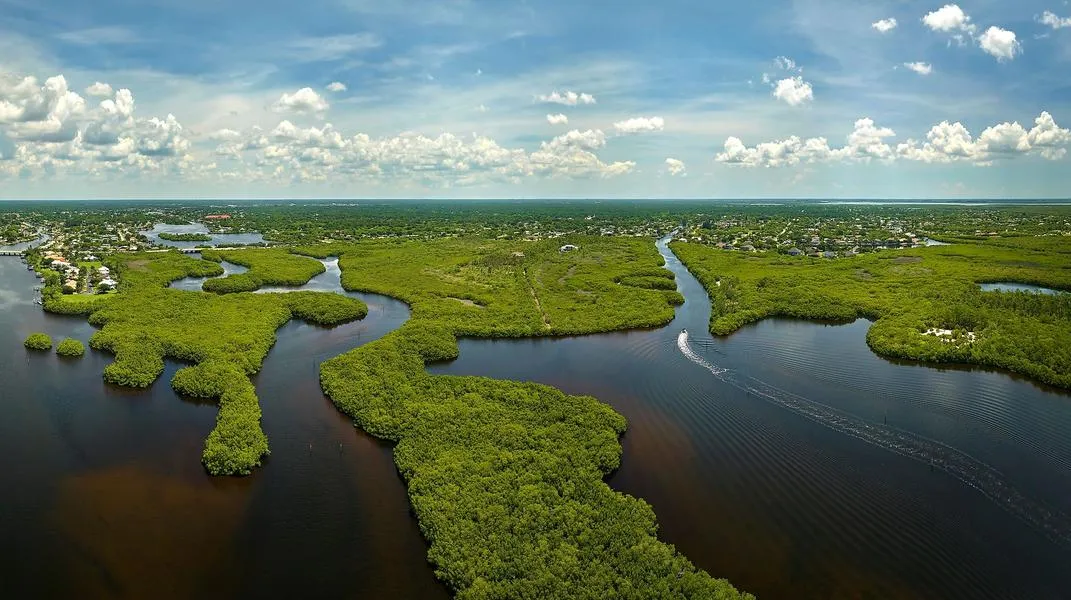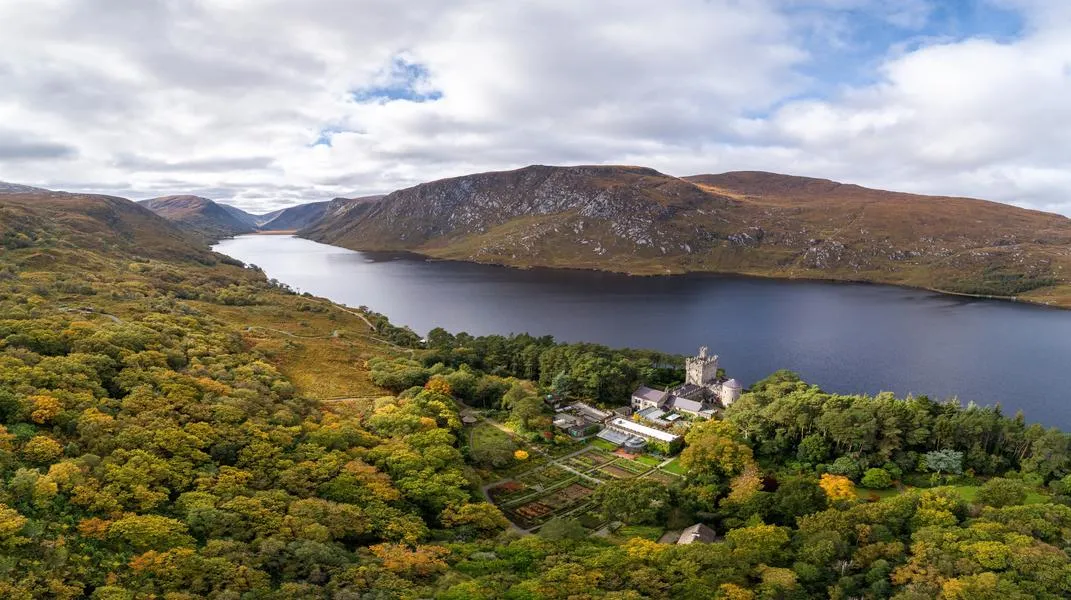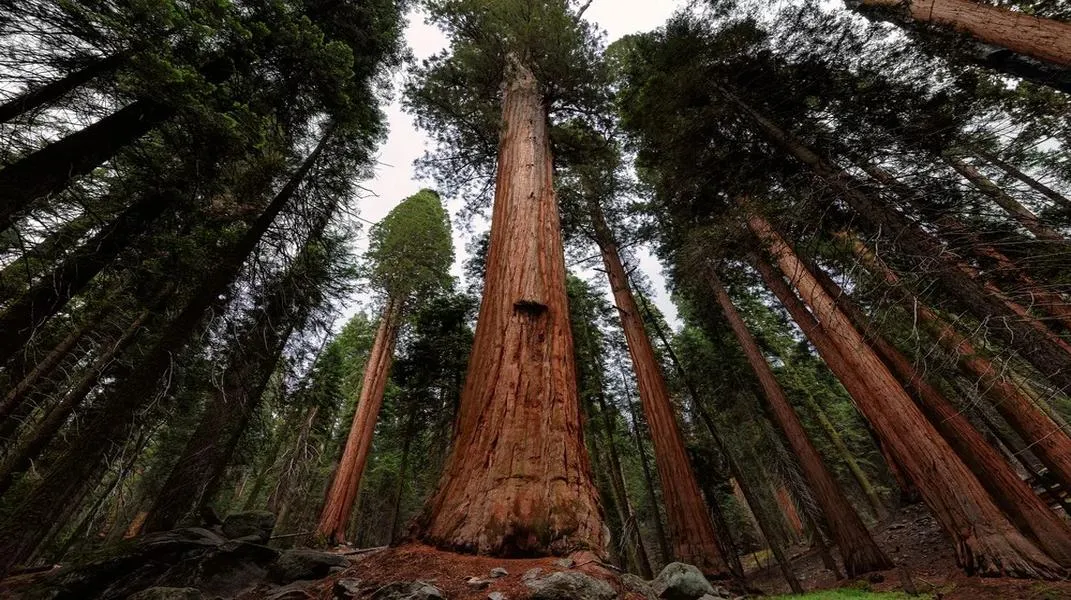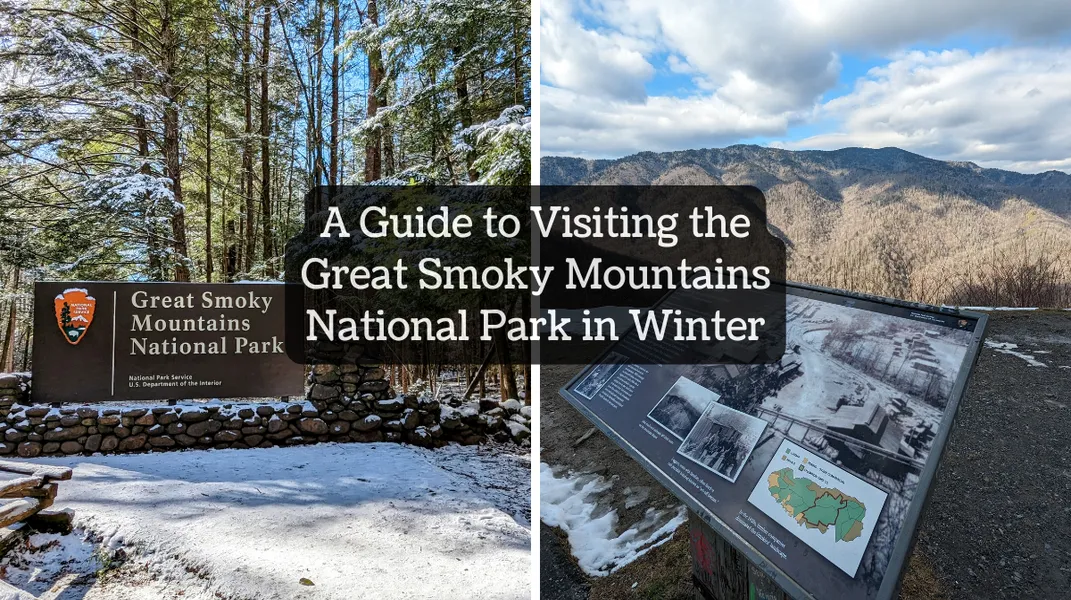Exploring the Wonders of Bryce Canyon National Park
Nestled in the heart of southern Utah, Bryce Canyon National Park is a breathtaking natural wonder renowned for its unique geological formations, vibrant colors, and stunning vistas. Spanning over 56 square miles, this park boasts the largest collection of hoodoos—tall, thin spires of rock—found anywhere in the world. Whether you are an avid hiker, a photography enthusiast, or simply someone seeking a peaceful retreat in nature, Bryce Canyon offers a captivating experience that is both enchanting and invigorating.
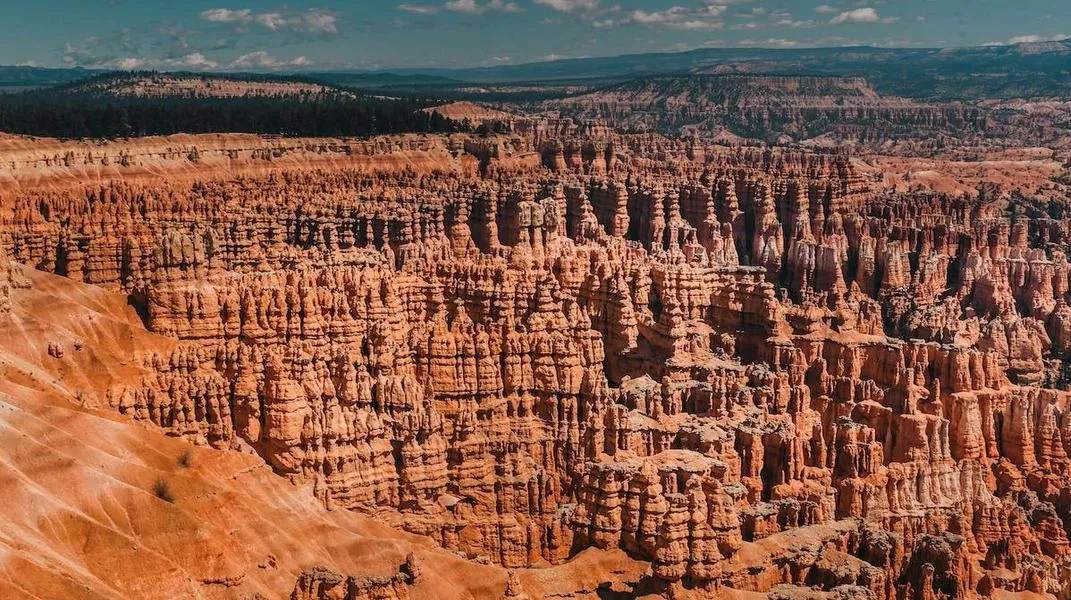
The Unique Geology of Bryce Canyon
Bryce Canyon is not a canyon in the traditional sense but rather an amphitheater carved from the eastern edge of the Paunsaugunt Plateau. The park’s distinctive landscape is primarily composed of sedimentary rock formations, including limestone, sandstone, and mudstone, which have been shaped over millions of years by the forces of erosion and weathering. The result is a mesmerizing array of hoodoos, arches, and cliffs that create a surreal, otherworldly atmosphere.
The vibrant colors of the rock formations are particularly striking at sunrise and sunset when the light casts a golden hue over the landscape. The orange, red, and pink hues of the rocks are enhanced by the park’s high elevation, which allows for clearer skies and more dramatic lighting conditions. Visitors often flock to popular viewpoints such as Sunrise Point, Sunset Point, and Inspiration Point to witness the stunning interplay of light and shadow on the canyon walls.
Flora and Fauna
Bryce Canyon is not only a geological marvel but also a hub of biodiversity. The park is home to a variety of ecosystems, ranging from high-desert shrubland to subalpine forests. Visitors can encounter over 200 species of birds, including peregrine falcons, golden eagles, and the rare California condor. The park is also home to a diverse array of wildlife, including mule deer, bobcats, and the elusive mountain lion.
The flora of Bryce Canyon is equally diverse, with more than 1,000 species of plants documented within the park. The park's unique microclimates support a variety of vegetation, including ponderosa pine, aspen, and wildflowers. The changing seasons bring a different palette of colors, making the park a year-round destination for nature lovers.
Activities and Attractions
Bryce Canyon National Park offers a wealth of activities for visitors of all interests. Here are some of the most popular options:
Hiking
With over 50 miles of hiking trails, Bryce Canyon is a hiker's paradise. The trails range from easy walks to challenging backcountry routes, allowing visitors to explore the park's stunning landscapes at their own pace. Popular trails include:
- Navajo Loop Trail: This 1.3-mile loop takes hikers down into the canyon and features iconic formations like Thor’s Hammer and Wall Street, a narrow passage flanked by towering hoodoos.
- Queen’s Garden Trail: This moderate 1.8-mile trail leads to the canyon floor, where hikers can see the park’s famous hoodoos up close. The trail is often combined with the Navajo Loop for a longer hike.
- Peek-a-boo Loop Trail: For those seeking a more strenuous hike, the Peek-a-boo Loop offers a 5.5-mile trek that takes you through some of the most breathtaking scenery in the park, including close-up views of the hoodoos.
Scenic Drives
For those who prefer to take in the sights from the comfort of their vehicle, Bryce Canyon offers a scenic drive that showcases the park's stunning vistas. The 18-mile road winds through the park, leading to numerous viewpoints where visitors can stop and capture the breathtaking scenery. Key overlooks include:
- Bryce Point: A panoramic viewpoint providing sweeping views of the Bryce Amphitheater and its colorful formations.
- Inspiration Point: Offers stunning views of the hoodoos and the vast expanse of the park, making it a favorite for photographers.
- Rainbow Point: The highest point in the park at 9,115 feet, Rainbow Point provides breathtaking views of the surrounding landscape and is an excellent spot for stargazing.
Stargazing
Due to its remote location and minimal light pollution, Bryce Canyon is recognized as one of the best places in the United States for stargazing. The park is designated as an International Dark Sky Park, allowing visitors to experience the brilliance of the night sky. The cosmos comes alive with thousands of stars, planets, and even the Milky Way, creating an awe-inspiring spectacle. The park often hosts ranger-led astronomy programs, allowing visitors to learn more about the night sky and the celestial objects above.
Ranger Programs and Education
Bryce Canyon National Park offers a variety of educational programs led by knowledgeable park rangers. These programs include guided hikes, evening talks, and junior ranger activities for children. Engaging with the rangers can enhance your understanding of the park's geology, ecology, and cultural history.
Preparing for Your Visit
To make the most of your adventure at Bryce Canyon National Park, proper preparation is key. Here are some essential tips and materials to consider:
What to Pack
- Clothing: Dress in layers, as temperatures can fluctuate significantly throughout the day. Mornings and evenings can be chilly, even in summer, while afternoons may become warm. Wear moisture-wicking clothing, a lightweight jacket, and sturdy hiking boots.
- Backpack: A comfortable daypack is essential for carrying your gear, snacks, and water while hiking. Ensure it has padded straps for comfort during long hikes.
- Water: Hydration is crucial, especially when hiking. Carry at least 2 liters of water per person per day, as there are no water sources within the park.
- Snacks: Pack energy-boosting snacks like trail mix, granola bars, or dried fruit to keep your energy levels up during hikes.
- Sun Protection: The high elevation of Bryce Canyon means increased exposure to UV rays. Bring sunscreen, sunglasses, and a wide-brimmed hat to protect yourself from the sun.
- Camera: Don’t forget your camera or smartphone to capture the stunning landscapes. A tripod can also be helpful for photography, especially for sunrise and sunset shots.
- Map and Guidebook: A park map and guidebook can help you navigate the trails and learn more about the park’s geology and history.
- First Aid Kit: A small first aid kit with band-aids, antiseptic wipes, and any personal medications can be invaluable in case of minor injuries.
- Flashlight or Headlamp: If you plan to hike early in the morning or after sunset, a flashlight or headlamp will help you navigate.
Park Regulations
To ensure a safe and enjoyable experience for all visitors, be sure to familiarize yourself with park regulations. These include staying on designated trails, respecting wildlife, and adhering to Leave No Trace principles to minimize your impact on the environment.
When to Visit
Bryce Canyon is open year-round, but the best time to visit depends on your preferences.
- Summer (June to August): Expect warm temperatures and larger crowds. This is the peak season for visitors, with ranger programs and services available.
- Fall (September to November): Fall offers cooler temperatures and beautiful fall foliage. Crowds begin to thin out, making it a peaceful time to visit.
- Winter (December to February): The park transforms into a winter wonderland, with snow covering the hoodoos. Winter activities like cross-country skiing and snowshoeing are popular, but some facilities may be closed.
- Spring (March to May): Spring brings blooming wildflowers and mild temperatures. It’s an excellent time for hiking before the summer crowds arrive.
Conclusion
Bryce Canyon National Park is a stunning testament to the beauty of nature, with its unique geological formations and diverse ecosystems. Whether you’re hiking through the hoodoos, photographing the vibrant colors at sunrise, or stargazing under the vast night sky, each moment spent in this incredible park leaves a lasting impression. By preparing adequately and respecting the natural environment, you can create unforgettable memories in one of America’s most remarkable national parks. So pack your bags, lace up your hiking boots, and get ready to explore the enchanting landscapes of Bryce Canyon National Park!

